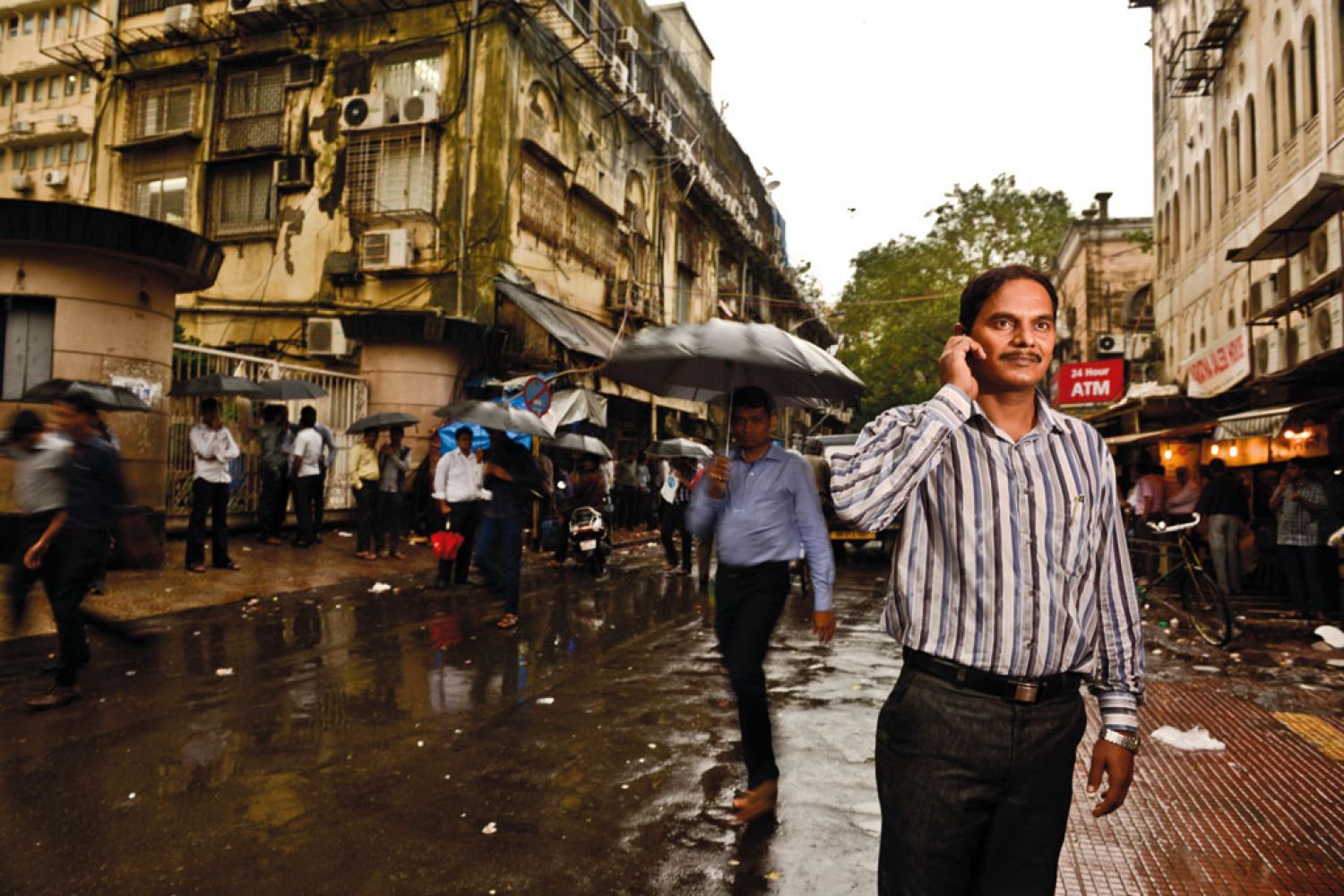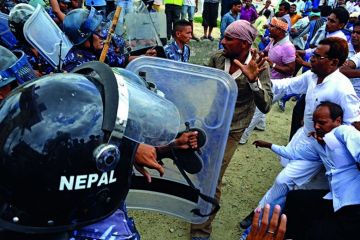
A phantom thief,
stealing diamonds? The policemen laughed. “Abe woh to angrezi film mein hota
hai.” (“This happens only in English films.”)
This wasn’t some movie
plot. News of the Opera House heists had travelled across police stations in
South Mumbai: about a thief so cunning that he left no trace; so cunning, in
fact, that the police doubt he even existed.
The case landed on the
desks of Constable Hriday Mishra and Naik Shubash Mali. A robbery had been
reported in the l





